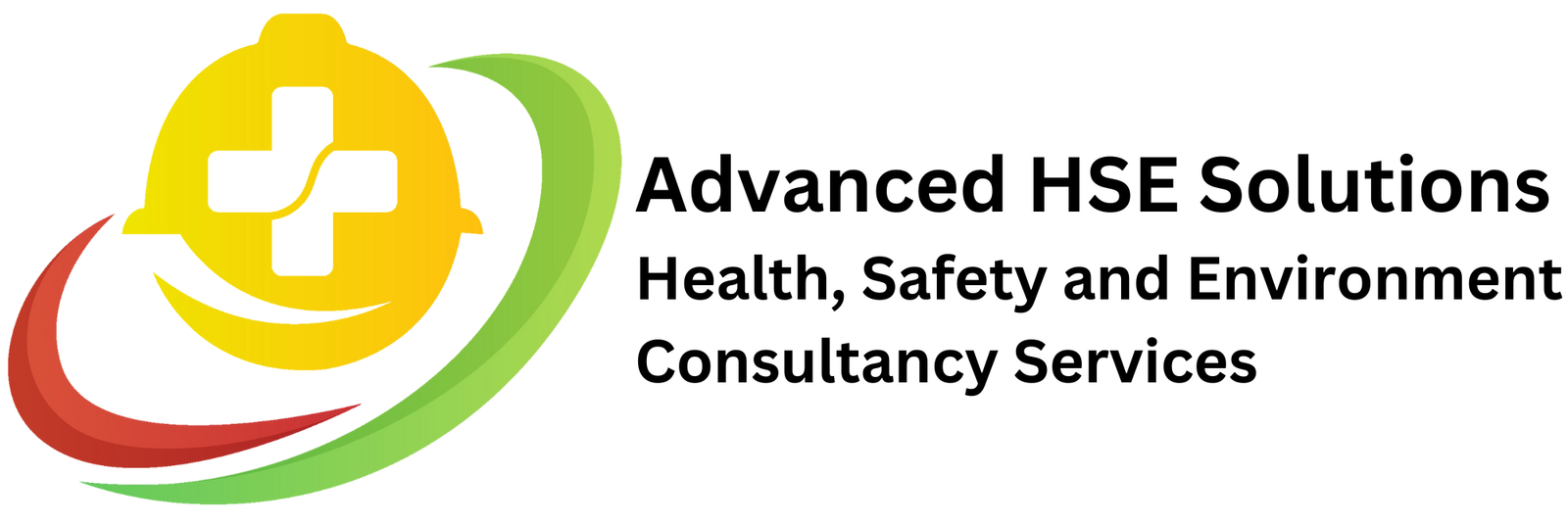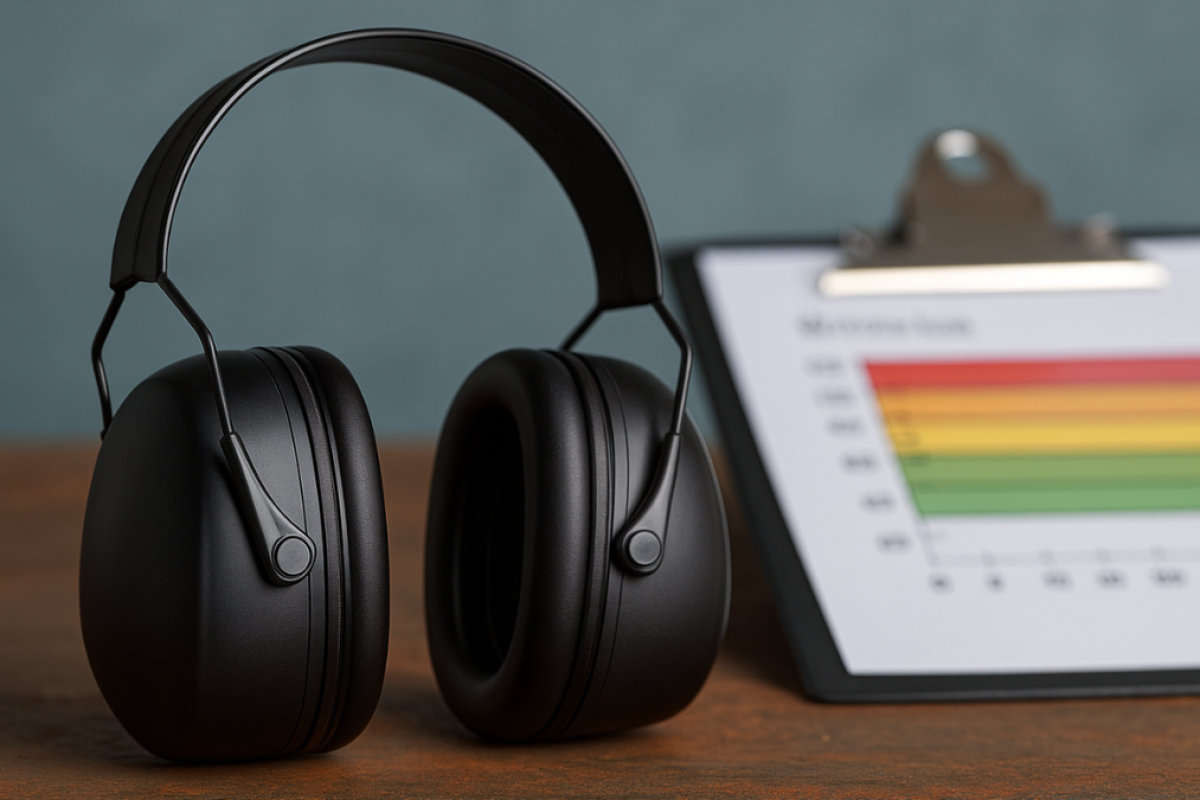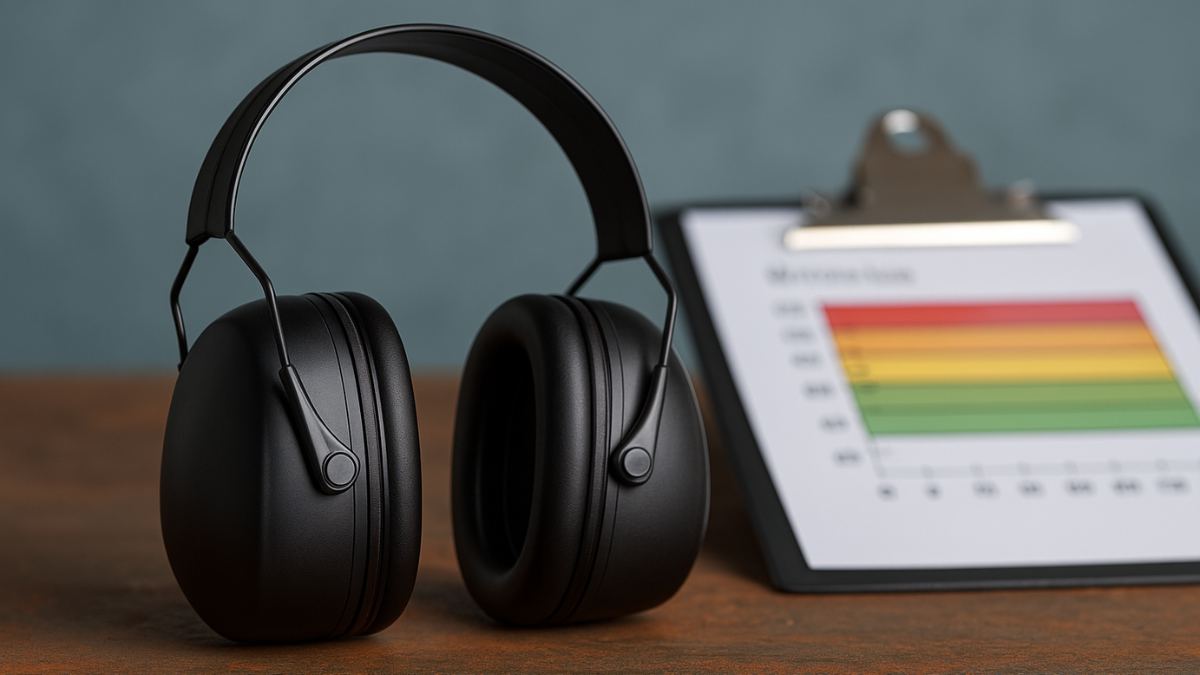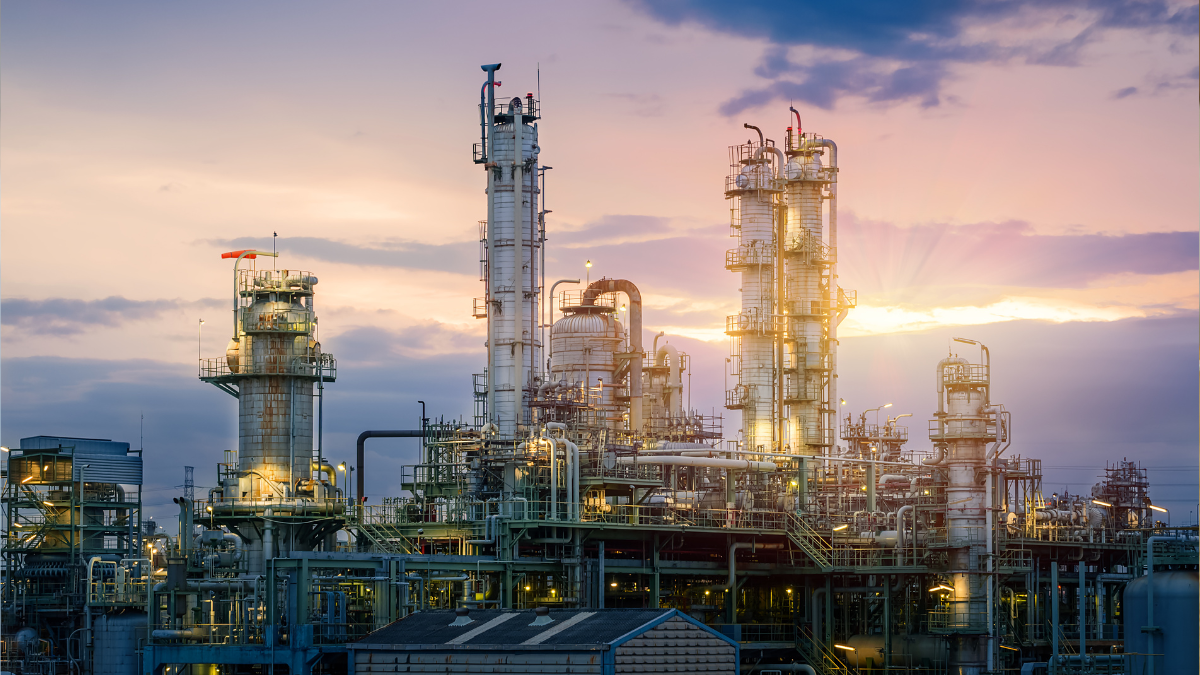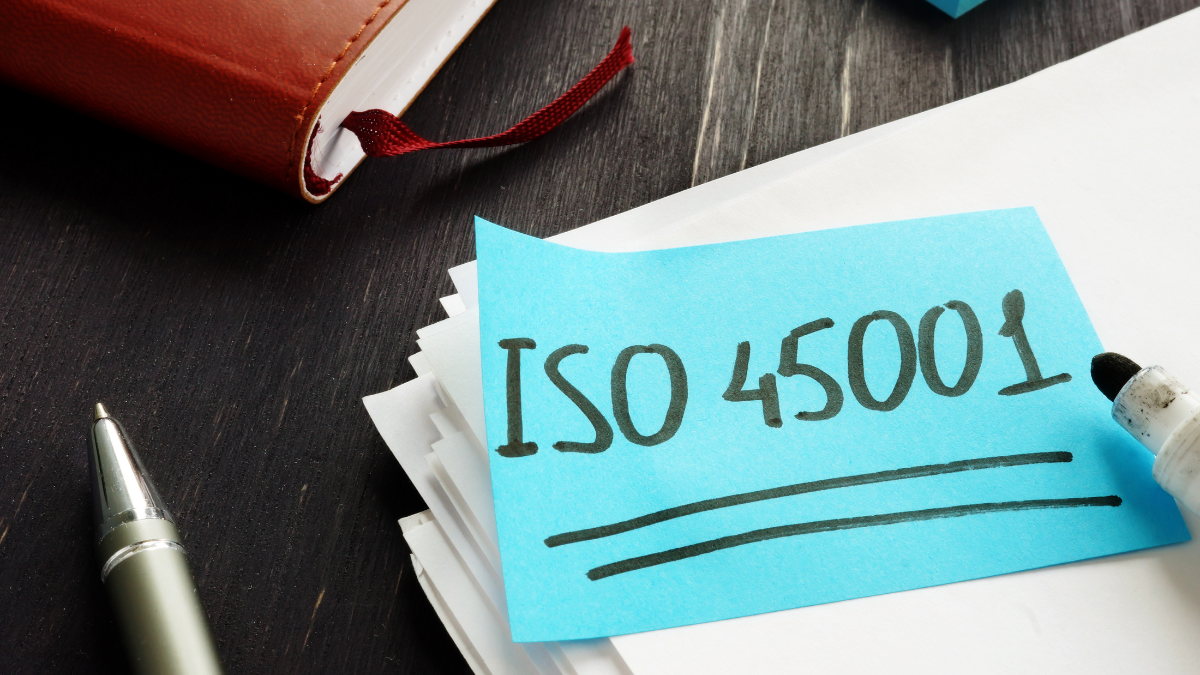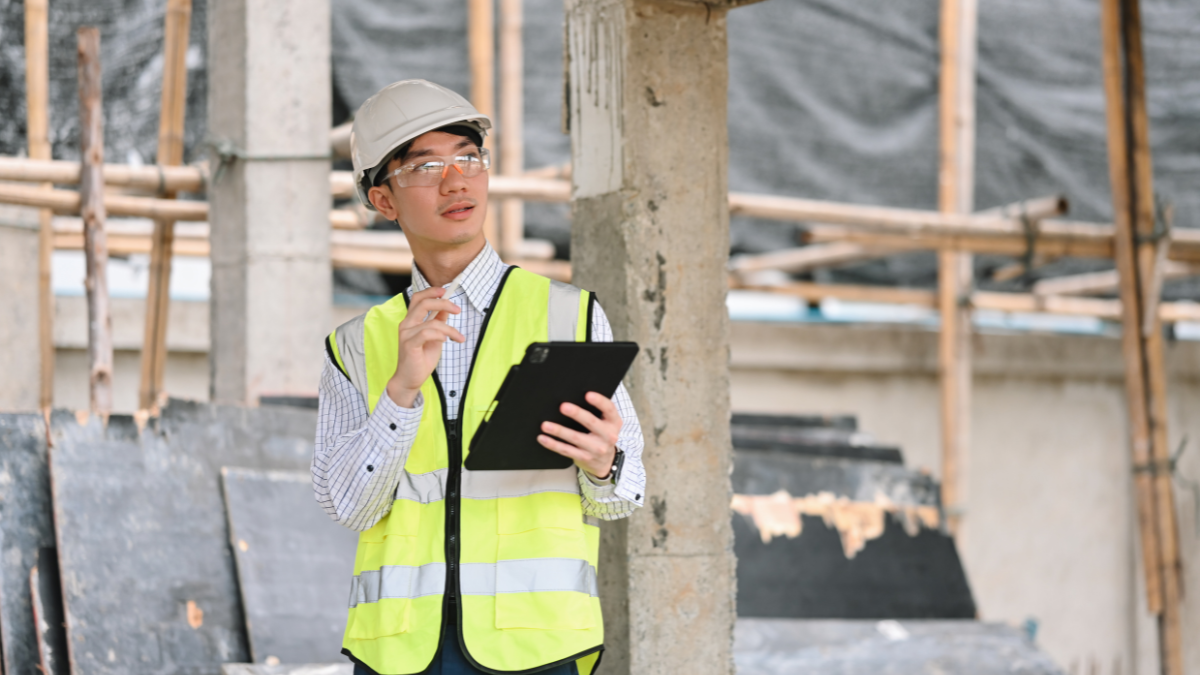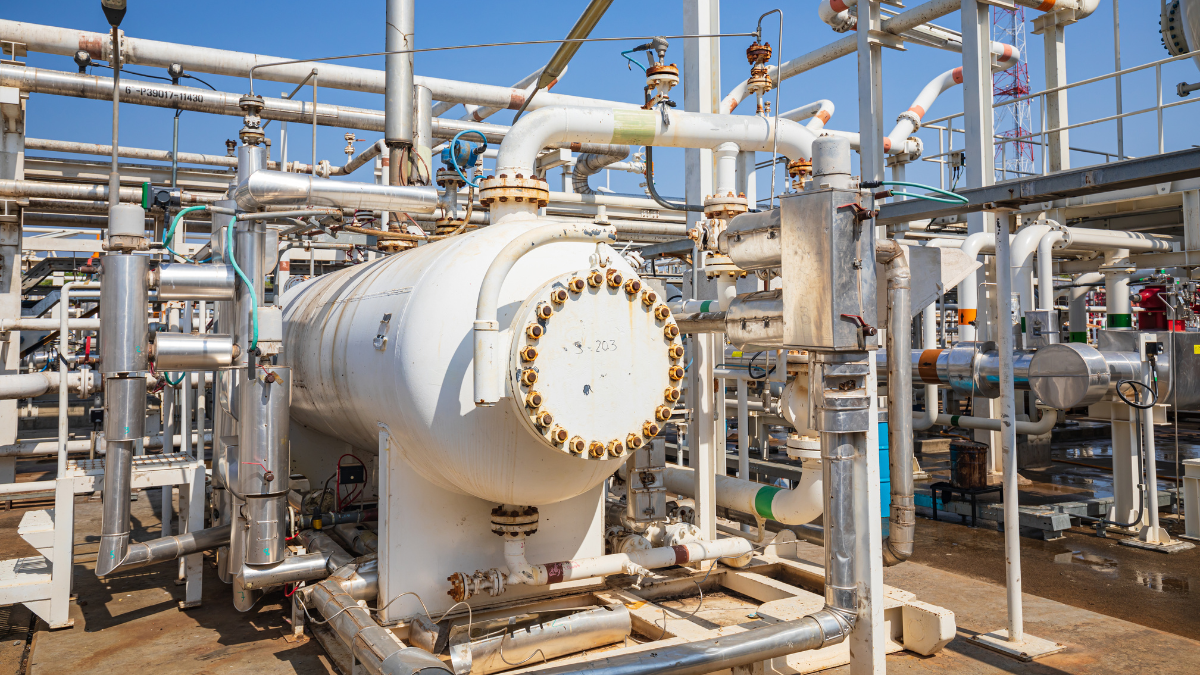Table of Contents
Protecting Hearing, Protecting Lives
In many industries, noise isn’t just a background disturbance — it’s a real workplace hazard. Prolonged exposure to high sound levels can lead to Noise-Induced Hearing Loss (NIHL), one of the most common yet preventable occupational diseases worldwide.
To address this, Malaysia introduced the Occupational Safety and Health (Noise Exposure) Regulations 2019, which replaced the older 1989 regulation. These updated laws strengthen protections for workers, clarify employer responsibilities, and align Malaysia’s noise control standards with global best practices.
At Advanced HSE Solutions, we help businesses ensure full compliance with these regulations through Noise Risk Assessments (NRA), audiometric testing, and Hearing Conservation Programs. Our mission is simple — to make every workplace safer, quieter, and compliant with the latest OSHA (Amendment) 2022 requirements.
Key Takeaways:
The Noise Exposure Regulation 2019 replaces outdated laws with stronger protections and stricter employer duties.
Employers must conduct Noise Risk Assessments, implement controls, and monitor workers’ hearing.
Compliance is not just a legal obligation — it’s an ethical commitment to worker health.
Advanced HSE Solutions provides end-to-end support, helping organizations achieve safety excellence under OSHA (Amendment) 2022.
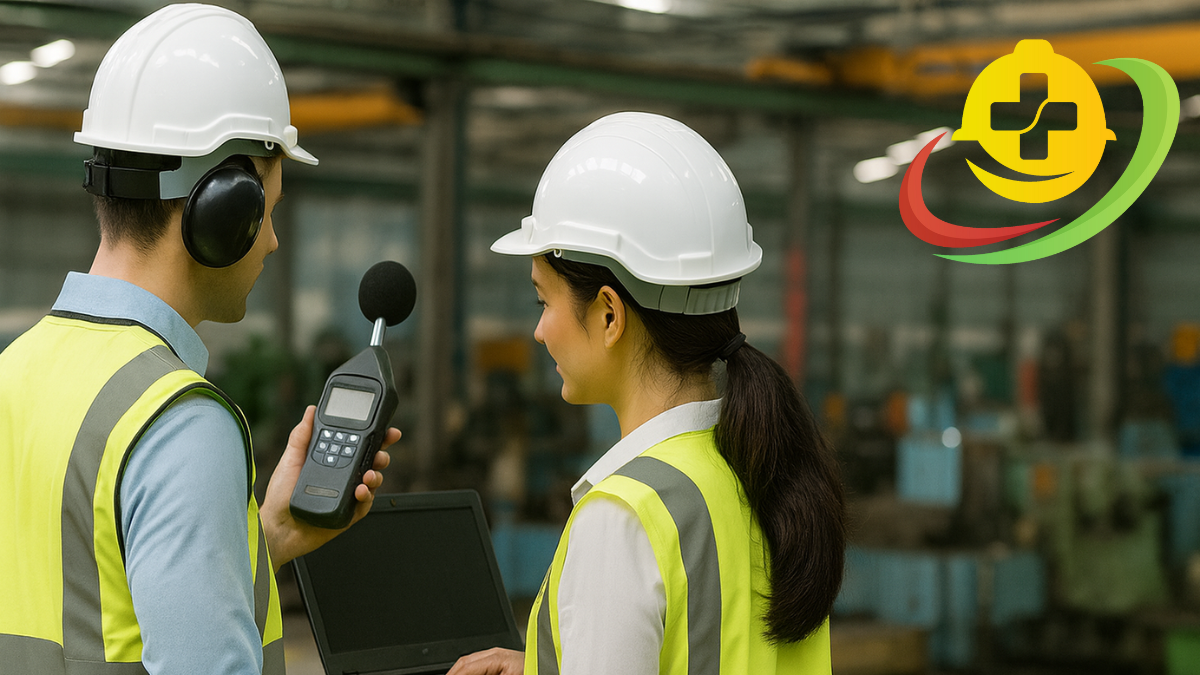
What Is the Noise Exposure Regulation 2019?
The Occupational Safety and Health (Noise Exposure) Regulations 2019, which came into effect on 1 June 2019, are part of Malaysia’s broader effort to modernize its occupational health and safety framework.
This regulation falls under the Occupational Safety and Health Act (OSHA) 1994, which was later amended in 2022 to expand its coverage. It now applies to all workplaces — including factories, construction sites, and even service sectors — where noise may exceed safe exposure limits.
The main objective of the 2019 regulation is to:
-
Prevent Noise-Induced Hearing Loss (NIHL) among workers.
-
Standardize how noise levels are measured and controlled.
-
Require employers to assess, reduce, and monitor workplace noise.
-
Ensure employees receive training, medical surveillance, and audiometric testing when exposed to high noise levels.
In short, the regulation ensures that hearing conservation isn’t optional — it’s a legal responsibility.
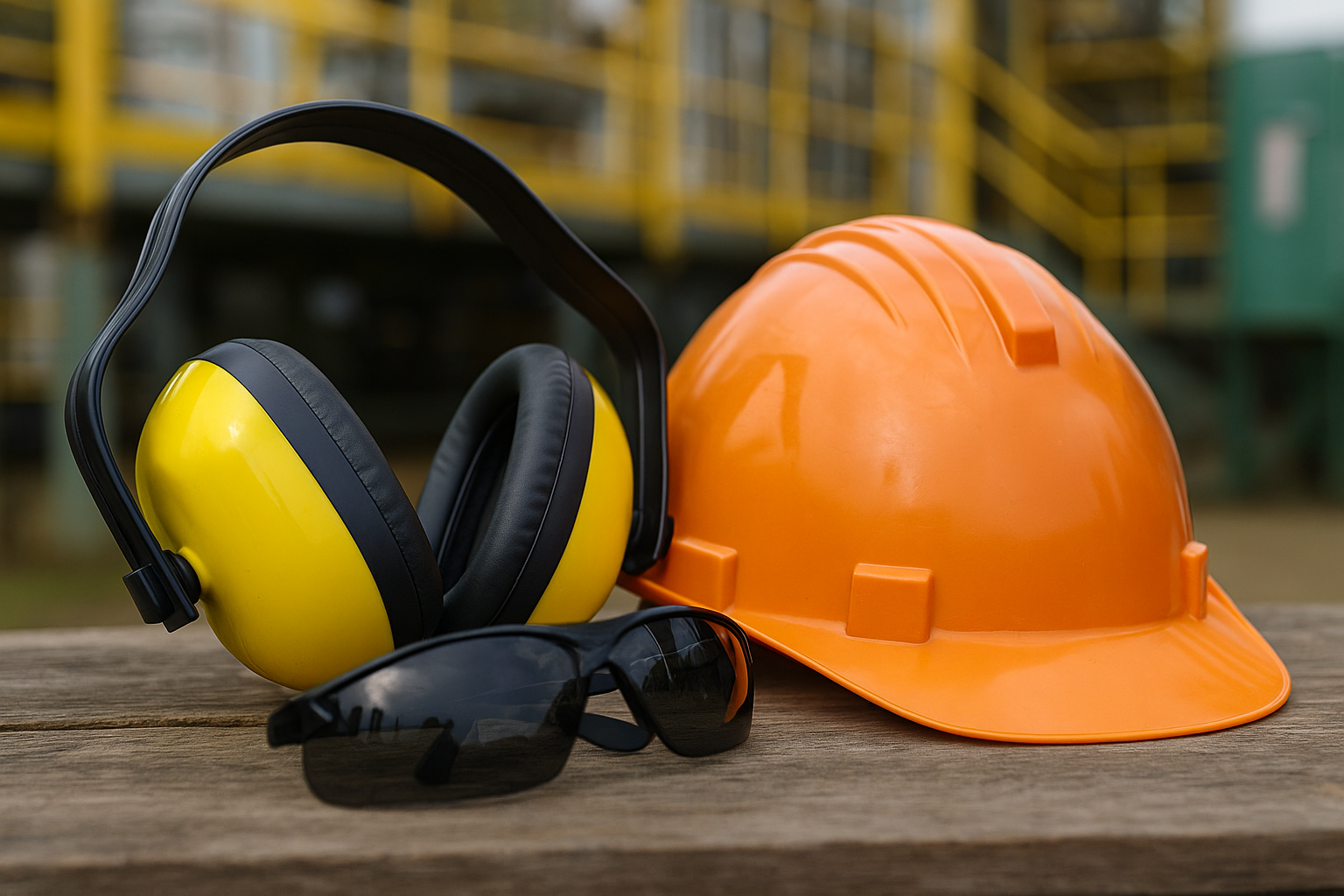
Key Requirements Under the Noise Exposure Regulation 2019
Understanding the regulation’s requirements is the first step toward compliance. Here’s a breakdown of the main obligations that every employer and employee should know.
1. Permissible Exposure Limits (PEL)
The regulation sets clear limits for workplace noise:
-
Continuous Noise: 85 dB(A) averaged over an 8-hour time-weighted average (TWA).
-
Peak Noise: 140 dB(C) maximum allowable level.
If noise exceeds these limits, employers must take action — starting with a Noise Risk Assessment (NRA). The assessment determines which areas, processes, or equipment pose the highest risks and how to reduce exposure effectively.
2. Employer Responsibilities
Employers carry the main duty to protect workers from excessive noise. Under the 2019 regulation, they must:
-
Conduct Noise Risk Assessments (NRA) at least once every five years or when workplace conditions change.
-
Implement engineering controls (e.g., sound barriers, quieter machinery) and administrative controls (e.g., shift rotation, maintenance).
-
Provide Personal Hearing Protectors (PHPs) — such as earmuffs or earplugs — to employees exposed above the permissible limit.
-
Ensure all affected workers undergo audiometric testing within three months of exposure and annually thereafter.
-
Keep detailed records of all assessments, training, and medical results for inspection by DOSH Malaysia.
Employers must also display warning signs in noisy areas and train employees on proper hearing protection practices.
3. Employee Responsibilities
While employers carry legal responsibility, employees also play a vital role in compliance. They must:
-
Wear hearing protection correctly and consistently.
-
Attend required training and medical checks.
-
Report defective or damaged protective equipment.
By following these steps, workers actively contribute to a safer and more compliant workplace.
4. Medical Surveillance and Hearing Conservation Programs
The regulation requires all exposed workers to be part of a Hearing Conservation Program (HCP). This includes:
-
Baseline audiometric tests before exposure begins.
-
Annual hearing tests to monitor changes over time.
-
Employee awareness training on how noise affects health and how to use hearing protection.
These programs not only detect early signs of hearing loss but also help employers evaluate how effective their noise control measures are.
How to Comply with Noise Exposure Regulation 2019
Compliance isn’t just about passing an audit — it’s about embedding safety into daily operations. Here’s a step-by-step approach to staying compliant with the Noise Exposure Regulation 2019.
Step 1: Conduct a Noise Risk Assessment (NRA)
An NRA identifies all potential noise sources, evaluates exposure levels, and determines which employees are at risk. The results guide your control strategies and are required for submission to DOSH Malaysia.
Step 2: Implement Noise Control Measures
Use the hierarchy of control to manage noise:
Eliminate noise sources where possible.
Substitute with quieter equipment.
Engineer physical barriers or insulation.
Administer controls through work scheduling or rotation.
Equip workers with proper hearing protection when other methods are insufficient.
Step 3: Provide Hearing Protection and Training
Ensure all employees have access to certified hearing protection. Conduct training sessions to demonstrate correct fitting, cleaning, and storage.
Step 4: Carry Out Audiometric Testing
Regular hearing tests detect changes before they become permanent. Baseline and annual tests are essential for ongoing compliance.
Step 5: Keep Documentation and Review Annually
Maintain detailed records of assessments, training, and testing. Review noise controls every year or whenever changes occur in machinery, layout, or processes.
Tip: Partnering with a certified consultant like Advanced HSE Solutions ensures your assessments meet all OSHA 2022 and DOSH documentation standards — saving time and preventing compliance issues.
Penalties for Non-Compliance
Ignoring the Noise Exposure Regulation 2019 isn’t just a safety risk — it’s a legal one.
Employers who fail to comply can face:
Fines up to RM50,000 or imprisonment.
DOSH-issued improvement or prohibition notices.
Reputational damage and loss of operational licenses.
Non-compliance can also affect business tenders, insurance claims, and worker retention. By prioritizing noise control, companies protect both their people and their reputation.
How Advanced HSE Solutions Helps You Comply
At Advanced HSE Solutions, we go beyond inspections — we deliver results. Our consultants combine technical expertise with field experience to help businesses across Malaysia achieve complete compliance with the Noise Exposure Regulation 2019.
Our Services Include:
Noise Risk Assessments (NRA): Conducted using calibrated sound-level meters and in accordance with DOSH-approved methodologies.
Audiometric Testing: Professional hearing tests for exposed workers, including baseline and annual follow-ups.
Hearing Conservation Programs (HCP): Tailored training and awareness programs for your workforce.
Noise Control Planning: Engineering recommendations, equipment reviews, and noise map development.
DOSH Documentation and Reporting: Complete compliance support for regulatory audits and certifications.
Whether you’re a small manufacturer or a large industrial operator, our team helps you manage risk efficiently — ensuring your business remains compliant, safe, and sound.
Take the next step: Contact Advanced HSE Solutions today for a professional workplace noise assessment and stay ahead of OSHA 2022 requirements.
FAQ
Q1: What is the permissible noise exposure limit under Malaysian law?
The maximum allowable level is 85 dB(A) averaged over 8 hours or 140 dB(C) for peak noise. Any exposure above these limits requires immediate action.
Q2: Who must comply with the Noise Exposure Regulation 2019?
All employers whose workplace noise levels exceed the permissible limits, regardless of industry type or size.
Q3: How often should a noise risk assessment be conducted?
At least once every five years, or sooner if new equipment, processes, or layout changes affect noise levels.
Q4: What are the benefits of hiring a certified assessment consultant?
A consultant ensures accurate measurements, regulatory compliance, and professional recommendations that save cost and reduce long-term risk.
